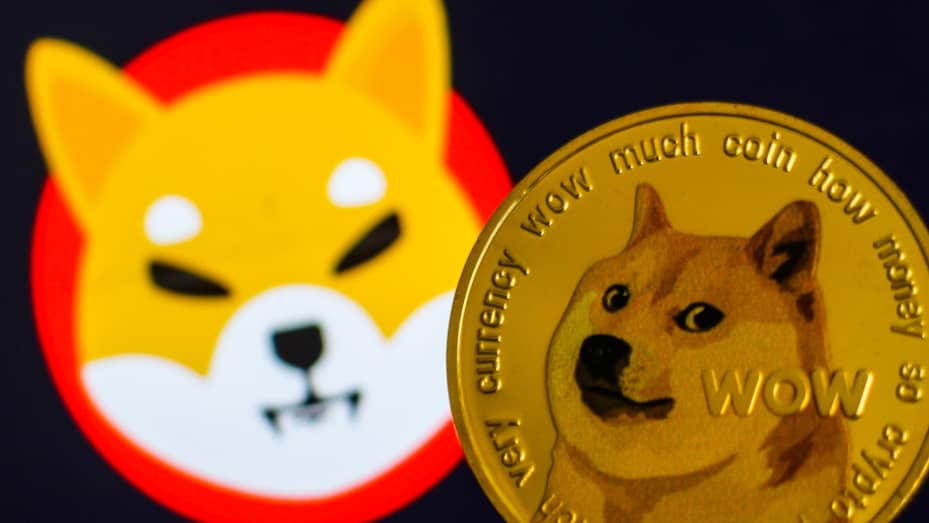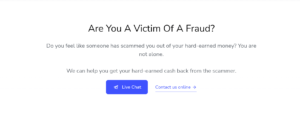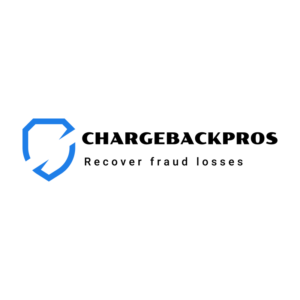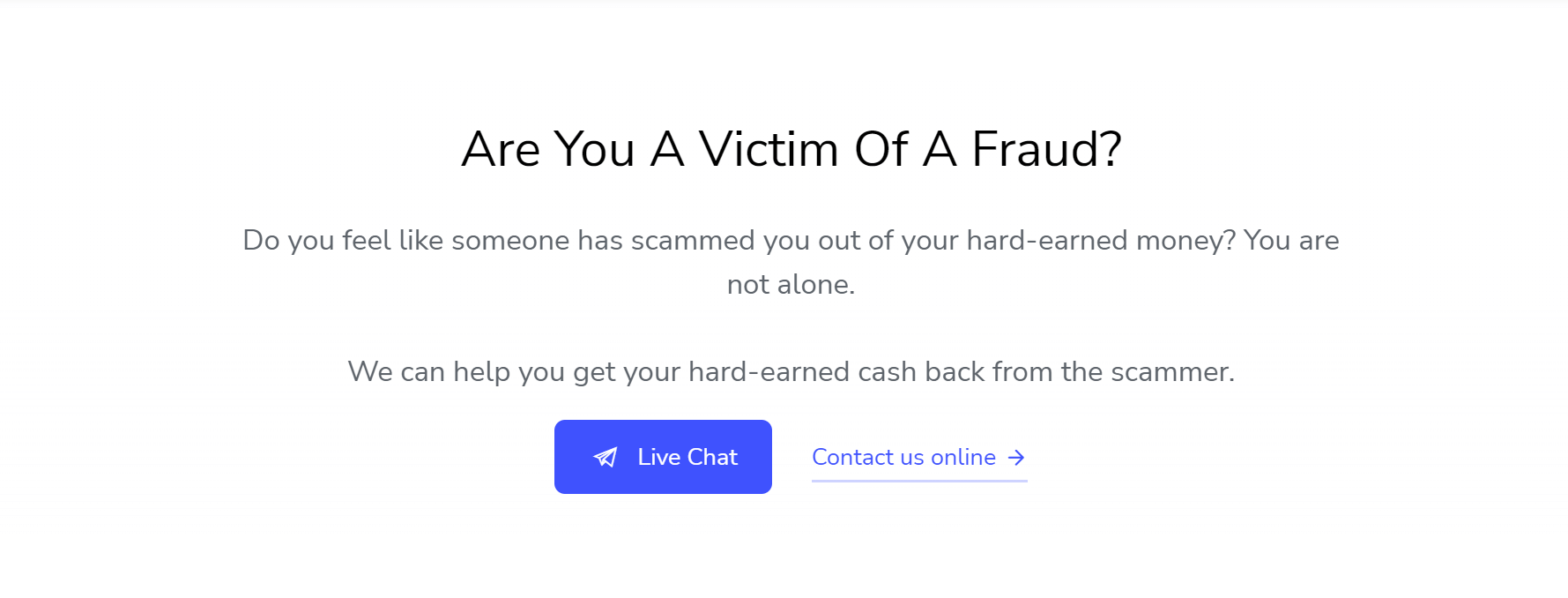How To Avoid Crypto Rugpulls and Honeypots; exit scammers have taken about $100 million from bitcoin investors in the last year through various initiatives advertising their shitcoins. The cryptocurrency sector has matured enough to attract institutional investors across the board during and after the recent bull run of 2020–21.
The shitcoin saga, on the other hand, hasn’t slowed down in the least. If the history of cryptocurrencies has taught us anything, it’s that every bull run is followed by a shitcoin season, complete with pump-and-dump schemes, exit scams, rug pulls, and get-rich-quick schemes that defraud investors.
Did you say Shitcoin?
Shitcoin, as the name suggests, is a cryptocurrency (mainly new and unpopular) whose purpose is unknown, yet it is worthless and exceedingly cheap. Cryptocurrencies are mostly pushed to rise in value by a few individuals/institutions, similar to promoting a small golf club for regional and worldwide championships.
The $SHIB and $Dogecoin are two examples of Shitcoins; the former made its big break into Binance on May 11th. Most Shitcoins are the same way, as they have small communities of low- and middle-class investors backing them for added value. The true breakthrough will occur when big cryptocurrency exchanges, such as Easycrypto and Binance, accept them for trading.

What Is A RugPull?
What is the origin of the name rug pull? Assume you’re standing on a rug. Because the carpet is your support, you’re safe. Now this evil character appears and pulls the rug from beneath your feet. It’s called a rug pull. You’ve lost your ally. With coins, it works the same way.
A Liquidity Pool is normally present when you purchase a coin. It’s a pool of funds that are locked in the contract and can be used to buy and sell currencies. You use the pool to trade faster rather than waiting for someone to match your buying or selling orders. However, due to the unpredictability of most Shitcoins’ futures, a number of frauds have emerged.
Scammers create a new coin, link it to a liquidity pool, and then wait for people to start buying coins. Once a sufficient number of individuals have purchased the currency, the fraudster will withdraw the liquidity pool, take the money, and leave you with a useless coin. You will not know until it is too late. It’s normally at this point that the value of your currency reduces from $0.0034823 to $0.0000000 or $0.0000002.
Haazelvelvet
Honeypots And How To Spot Them
It’s like a honey pot where your money gets stuck and can’t get out. Even for persons who trade smaller coins on a daily basis, they are frequently less evident to the untrained eye and hence more difficult to identify. Honeypots are common among experienced traders who notice a coin pumping and jump in without confirming anything beforehand.
A line of code is added to the contract that permits only their wallets to withdraw funds from the currency. They release the coin, and people begin to purchase it. When you watch the coin pumping, you think to yourself, “Wow, this is incredible.” It simply keeps going up. On the chart, there are few or no red candles. You’ll probably stay for a while until you’ve had enough and decide to cash out.
That’s when you realize you can’t since the contract states that only certain wallets are allowed to payout. You have no control over your money, and there is nothing you can do about it. However, the scammer has the right to withdraw at any time. Some of these con games go on for days or weeks, leading individuals to believe they’ve discovered a real gem of a coin.
Legit Coins vs. Shitcoins: How To Spot
Scammers and shitcoiners are getting more and more sophisticated in their strategies. Their coins can closely mimic legit coins in order to gain investor confidence. Here are some of the characteristics you can look at to spot a shitcoin:
Project Background and The Team
The biggest differentiating factor between a shitcoin and a legit coin is the team behind it. Before investing in any project, you should look at its team, and at their backgrounds and work histories. Shitcoin projects often have shady team members with no work histories, and perhaps phony social profiles that are created just for their project.
Whitepaper and Documentations
Compared to legit coins, shitcoin projects don’t have proper documentation (like white paper). Their statements are vague, with false promises for a better future.
Legit coin ventures focus a lot on documentation and they don’t talk about token price. Instead, they talk mostly about the underlying technology — and particularly how they aim to improve it over time to increase the adoption of their products. Shitcoins have very little documentation, instead of focusing entirely on token price.
Check-in With the Community
Every legit coin has a strong and vibrant community. Substantial shitcoins like DOGE are also backed by a community, whereas the proprietors of bad shitcoins don’t focus much on their community building. There is always the possibility they may attempt a rug pull as soon as they can in order to steal funds from investors.
The Bottom Line

Ronin Bridge $625 Million Hack
The shitcoin mania isn’t going to slow down anytime soon. Before investing in a shitcoin project, perform your proper due diligence to identify the good players from the bad ones.
Some shitcoins are created as a joke, but they may still aim to build a strong community. Others are specifically engineered to steal investors’ funds. Shitcoins have a very high risk/return tradeoff, so invest wisely to avoid losing a big chunk of your hard-earned money.
As a matter of best practice, it makes sense to keep tabs on new projects as they become available. Even if you don’t feel comfortable investing in any particular one, it can’t hurt to know about them—and how to avoid scams. ICOs tend to be unregulated and can be operated by anyone.
There is no protection for investors whatsoever, which is why it’s important to have a system in place before you ever invest in an ICO. This means researching the company behind the ICO, making sure they are verified and regulated by trustworthy institutions before investing. You will almost always want to do your research before buying tokens or trading coins, so take the time to do it right from the outset.












6 Comments
Dear Sir, I am writing to you regarding Gooniez nft rug pull. Unfortunately, I found out about this scam and lost a significant amount of money. I have tried to contact Gooniez and get my money back but they are refusing to do so and saying it is not their fault. However, there are plenty of people complaining about this scam. Could you please help me?
I don’t know how to describe my feelings other than I was just completely and utterly devastated. I was scammed out of 348000$ by a company called KION CAPITAL, who took my money in exchange for some sort of crypto that they said would be worth more than what I paid. They were lying to me, but they had made it seem so real and legitimate that I believed them. At first, when I reported the crime to chargeback pros, I thought there was nothing else I could do. But then they got to work on my case and helped me recover all of my money back! If you’ve been scammed like this before, don’t lose hope. If you’re reading this now, you can still get your money back!